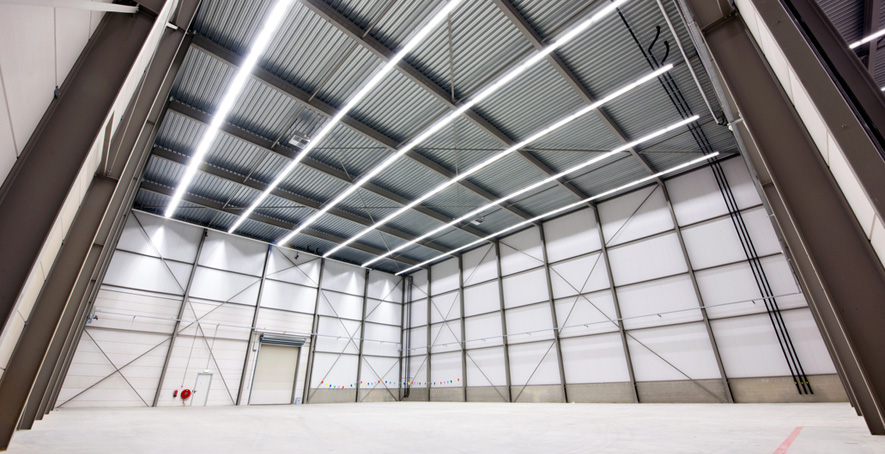
The following article originally appeared in the May newsletter to clients of Kiley Advisors, now a part of FMI Corporation, for the purpose of providing the latest leading indicators and industry issues to those clients. Reprinted with permission .
Two and a half years after the fateful Thanksgiving OPEC decision in 2014, our Houston construction market is starting to feel the full impact of oil’s decline. Increasingly, contractors are having to look to public work for the meatier projects as the private sector waits for energy prices to stabilize. And while there are rumors of oil and gas service firms hiring again, it would take sustained oil and gas growth, and several quarters, before construction would see any significant impact.
In CBRE’s latest release, in the first quarter of 2017, Houston’s office market has climbed to a 22 year high of 16.8% vacancy, with just under 800,000 square feet under construction and a net negative absorption of roughly the same amount, as 10.8 million square feet (msf) of sublease space continues to compete with direct space. CBRE feels vacancy rates could go even higher next year before finally subsiding and project overall negative absorption for 2017.
The light industrial market is stabilizing with a 5.2% vacancy rate, 3 msf of net absorption and another 5.2 msf under construction at the end of the first quarter. The pipeline for construction shows a slowdown compared to a year ago, but given that this market has been significantly stronger than usual for the last four years, 2017 is projected to bring this market closer to its normal pace.
Despite several national retail closures, Houston’s retail market continues to trend upward, with a 5.3% vacancy rate and strong demand. With 1.6 msf under construction and just shy of 500,000 square feet delivered in the first quarter, retailers are taking measured steps to ensure the growth meets the demand rather than exceeds it. Big-box vacancies have been quickly filled as national chains continue to see the potential in our city and catch up to the demand of our growing population.
Even multifamily is showing signs of stabilizing, with nearly 5,000 units absorbed in the first quarter and occupancy hovering at 88.3%. We still have about 14,500 units under construction to finish out the construction cycle, but pockets around Houston still show strength. Heavy concessions remain but some developers are already looking at when the next build cycle will begin to time their projects advantageously.
Helping to steady the multifamily market is the residential sector, which has aggressively begun targeting the starter/entry-level home market, as developers offer more options with smaller frontage lots, attracting those families who have been priced out of the market the last few years. According to John Burns Consulting, a recent straw poll of U-Haul trucks shows the net in-migration to Houston is still stronger than net out-migration, meaning more people continue to move to Houston than to move elsewhere, which bodes well for the city.


